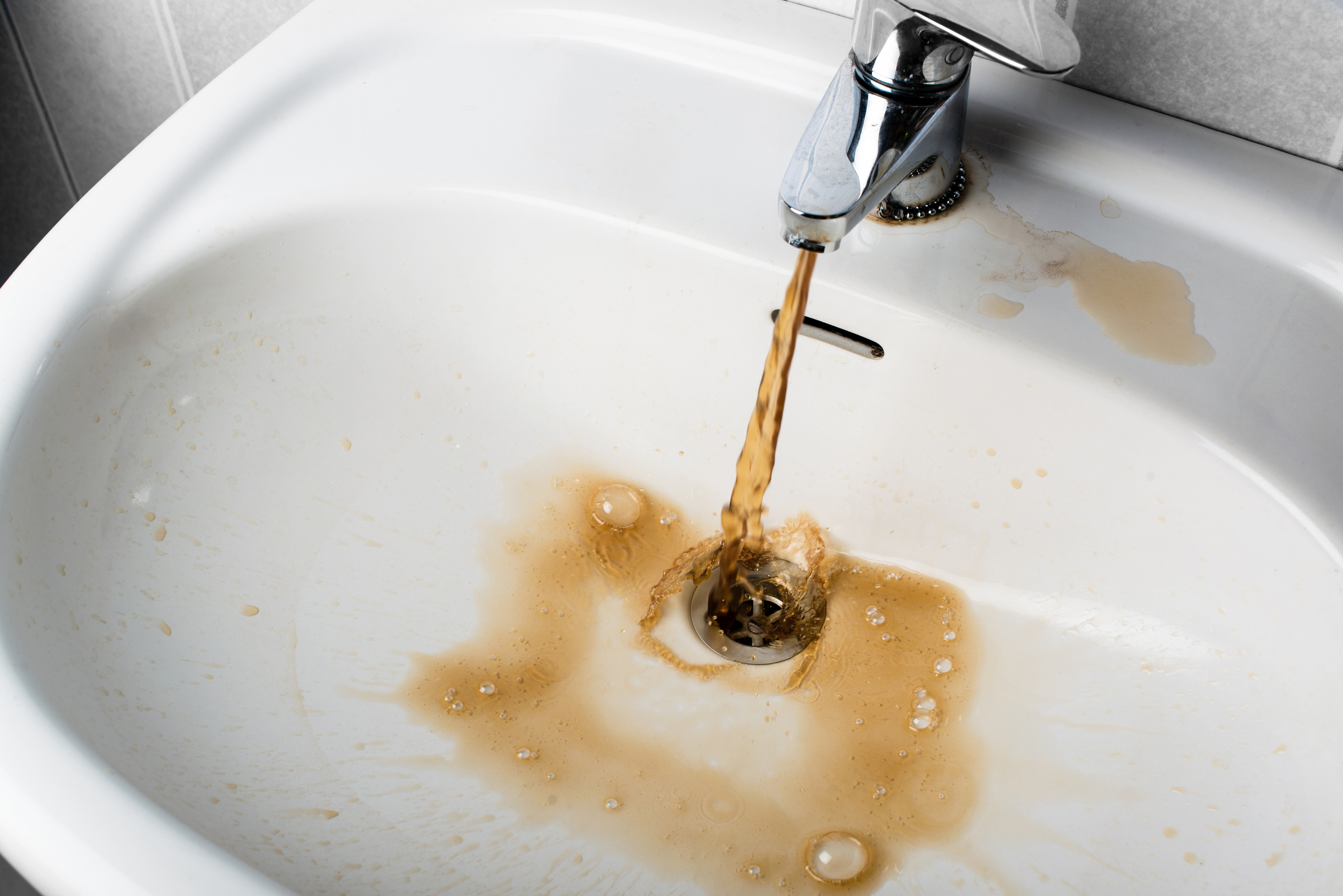In working with communities stretching from Los Angeles to Detroit, we have found that if people distrust their tap water, they buy more bottled water or sugary drinks. This can be harmful to health, the environment, and pocketbooks, especially for those with limited incomes. We are identifying the sources of tap distrust and assessing strategies to advance trust.
PUBLISHED RESEARCH
Engaging the Public on Water Issues Through Art, What’s on Tap: L.A.’s Water Story…Source to Spigot (2025 report)
Researchers: Edith B. de Guzman and Leonard Holler
Funders: Accelerate Resilience L.A. (a sponsored project of Rockefeller Philanthropy Advisors, Inc.) and the California Institute for Water Resources
This report summarizes the 2024 traveling exhibit, “What’s on Tap,” which explored water equity, quality, and access in Los Angeles through art, science, and community dialogue. Co-curated by Edith and Jolly de Guzman, the exhibit offered an innovative model for environmental communication that made complex water challenges tangible and locally resonant.
Tap Water Quality and Distrust in Los Angeles County: Strategies to Address Premise Plumbing (2024 report)
Researchers: Itzel Vasquez-Rodriguez and Gregory Pierce
Distrust of tap water is partly driven by undetected issues with “premise plumbing;” the pipes that move water from a distribution network to the tap in a home, school, or business. In partnership with the Los Angeles County Chief Sustainability Office, LCI researchers developed 22 specific recommendations, presented within five policy briefs, to guide 1) Los Angeles County; 2) the State of California; 3) landlords; 4) community water systems; and 5) advocacy organizations on how to reduce premise plumbing issues and help improve trust in tap water.
Fear at the Tap: Factors Contributing to Public Drinking Water Distrust in Latino Communities (2023 report)
Researchers: Silvia R. González, Ariana Hernandez and Gregory Pierce
This exploratory study presents research with parents and caregivers in Kern County on tap water usage, water disuse, and solutions to address distrust, including a tax on sugar-sweetened beverages. It finds that ~77% of all surveyed caregivers felt concerned with the safety of the tap water in their homes.
Stopping the Drain on Household Budgets: Addressing Tap Water Mistrust through Affordable Premise Plumbing Investments (2019 report)
Author: Peter Roquemore (advised by Professor Gregory Pierce)
Only about a third of Americans say they usually drink straight from the tap. There are costs associated with mistrust of tap water. This report, which focuses on tap water mistrust in the city of Los Angeles, found that L.A. households purchasing bottled water pay 25 to 125 times the cost of tap water. This can add thousands of dollars to household expenses each year. While recent research indicates that tap water is safe for customers of the Los Angeles Department of Water and Power, the L.A. region has one of the highest rates of tap water mistrust in the nation. This report identified that the main cause of water aesthetic issues is plumbing in the house and that the majority of complaints have low-cost solutions.
U.S. Households’ Perception of Drinking Water as Unsafe and its Consequences: Examining Alternative Choices to the Tap (2018 article)
Authors: Ariana Javidi and Gregory Pierce
This study generated the first national estimates of the use of drinking water alternatives among households who perceive their tap water to be unsafe. The researchers found that minority households more commonly perceived their tap water to be unsafe and chose bottled water because of it. While the perception of unsafe tap water is most prevalent among Hispanic households, among the population perceiving their tap to be unsafe, Black households more commonly buy bottled water.
The researchers estimated the minimum annual expenditure by all U.S. households who perceive the tap as unsafe and buy bottled water to meet necessary consumption standards at $5.65 billion annually. Novel secondary treatment interventions and education campaigns are needed to address the perception of tap water as unsafe and consequent alternative source reliance, while additional research is needed to document the active trade‐offs households make to manage their water sources, and to better understand determinants of the perception of tap water as unsafe within minority groups.
Mistrust at the Tap? Factors Contributing to Public Drinking Water (Mis) Perception across US Households (2016 article)
Authors: Gregory Pierce and Silvia R. González
This study provided the first national, rigorous assessment of individuals’ perception of their public drinking water supply. The researchers found strong evidence that perception of water quality is most influenced by individual and household indicators of socioeconomic status — education level, household income, racial or ethnic minority status, and most importantly, foreign-born nativity, especially from Latin America. The article outlines the implications of the study for proponents of enhanced tap water consumption, including public drinking water systems, county public health agencies, and environmental justice nonprofits.

